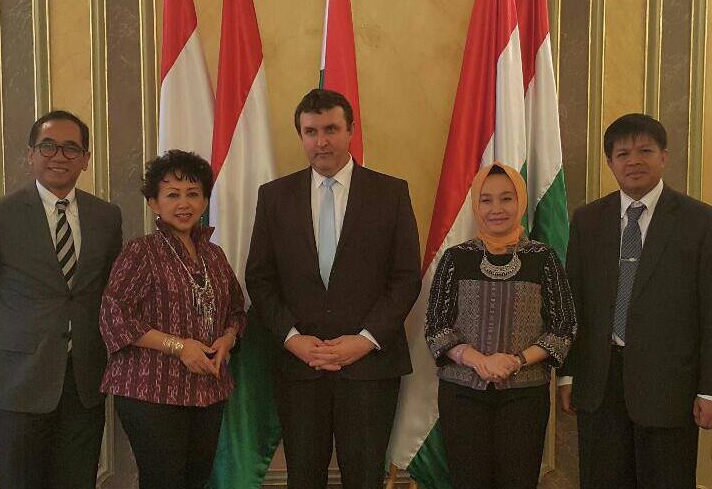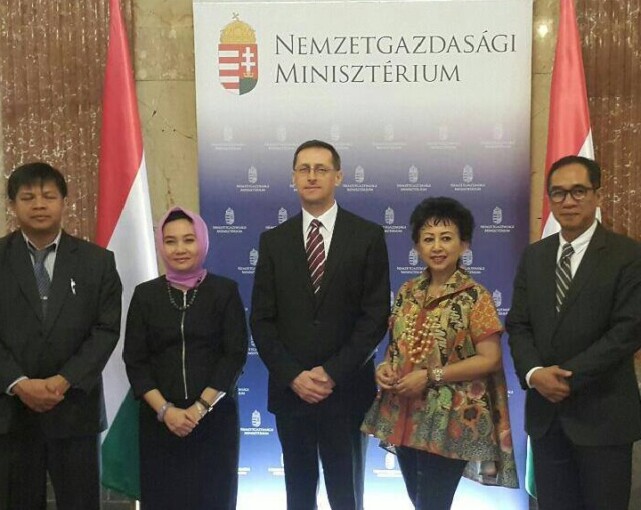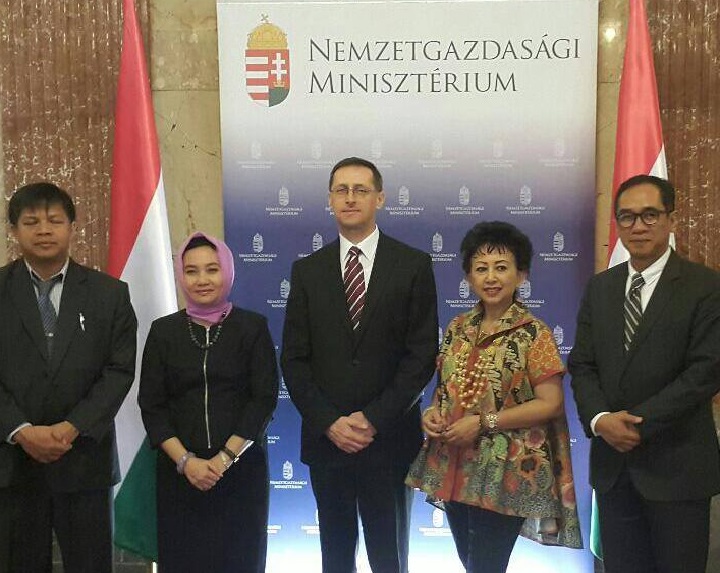The first point of the ten sustainable development goals (SDGs) is to end poverty and reduce inequality. In this regard, Indonesia still faces severe challenges due to both the poverty rate and Gini index ratio that indicate the high level of inequality.
Although the level of poverty in Indonesia is declining, but in the last decade it had slowed down, even starting to edge up in early 2015. The Central Bureau of Statistics (BPS) in March 2015 showed 11.22 percent or 28.59 million people still lived in poverty. In fact, since the beginning of the 1970s the government has been aggressively implementing various kinds of poverty reduction programs.
“There was an issue about both the understanding and poverty parameters that have been relying on the monetary aspect. In fact, poverty needs also to be seen in a comprehensive and diverse way. We call it asymmetric poverty,” said by Head of the Center for Population and Policy Studies, Universitas Gadjah Mada, Dr.soc.pol. Agus Heruanto Hadna, M.Si. in the seminar to mark the 43th Anniversary of the Centre, entitled POVERTY AND INEQUALITY IN INDONESIA: Populist Perspectives, on Saturday (9/4) at the Auditorium of Masri Singarimbun.
On this occasion, Hadna conveyed important values using the exact parameters as part of the poverty reduction policies taken by the government, such as the Multidimensional Poverty Index (MPI) developed by Oxford Poverty and Human Development Initiative (OPHI) at University of Oxford. In the Index, poverty measure also includes a lack of access to health services, education, and quality of life.
In addition to the problem of poverty, the level of inequality in Indonesia is still quite high and likely to increase. BPS said Indonesia’s gini ratio in 1999 was 0.31 and in its development it increased to 0.41 in 2014. Meanwhile, according to the World Bank, in the period between 2003 to 2010, per capita consumption of 10 percent of the richest in Indonesia rose more than 6 percent per year after inflation, while the 40 percent consumption of the poorest only increased less than 2 percent per year.
“This confirms the tendency of the poor to be left further behind compared to the upper middle class,” Hadna said.
Other important things that need to be developed are populist methods of measurement, which include the perspectives and dynamics of poor households and their communities in the formulation of criteria and data collection
This is delivered by Drs. Pande Made Kutanegara, M.Si., the Centre’s Vice Director. “In principle, society, especially poor households, should not only be placed as an object. Poverty reduction policies are made to encourage the poor to be more empowered instead of experiencing dependency,” Pande said.
With this method, poverty is not only viewed as multidimensional, but also diverse due to the perspective of society, especially the poor (asymmetric poverty). Through the comprehensive and incisive identification and measurement, it is expected the policy becomes more contextual and effective in tackling poverty. (UGM / adelily)




